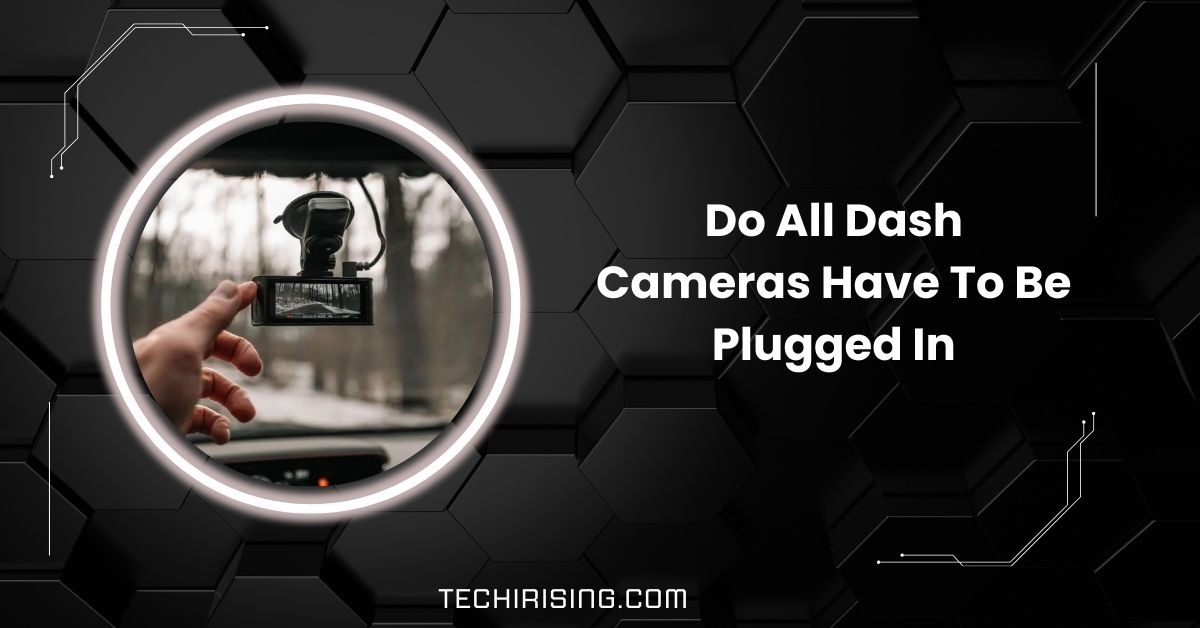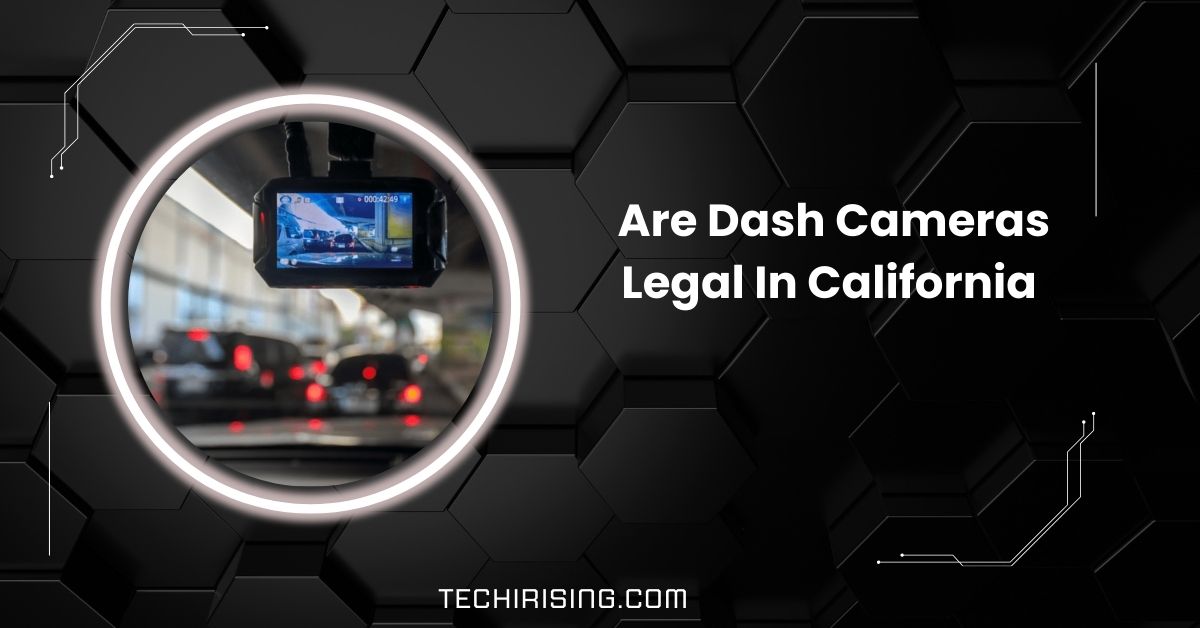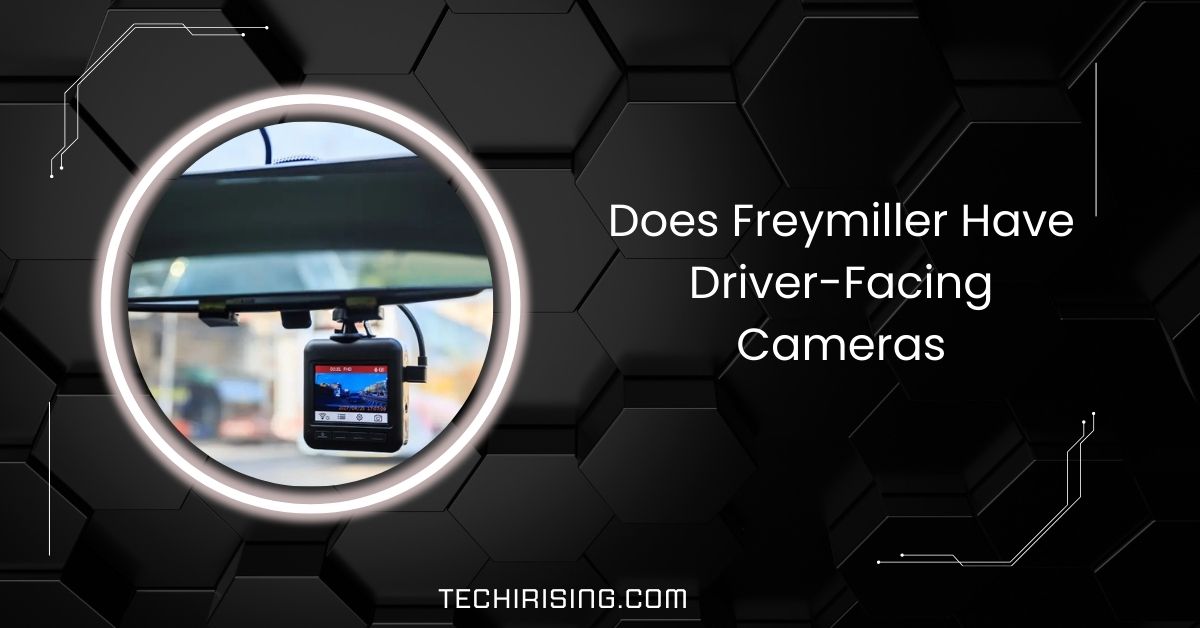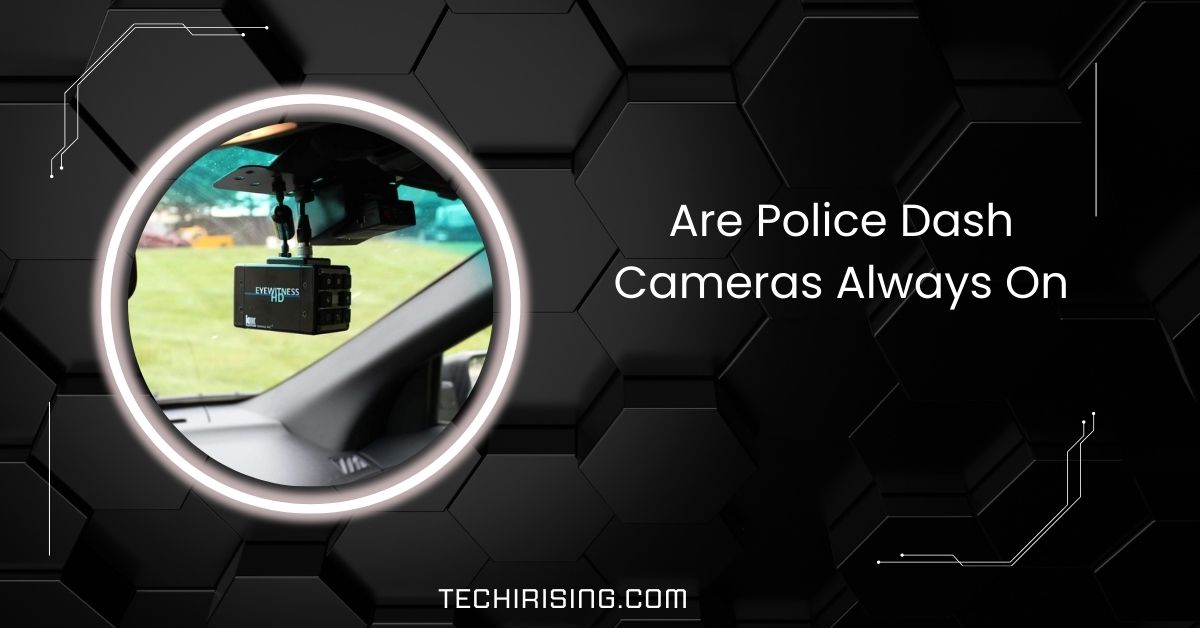Dash cameras have become essential for many drivers, offering an extra layer of security and peace of mind on the road.
Not all dash cameras need to be plugged in. While many require constant power, some models run on internal batteries or external power sources like USB or battery packs, offering more flexibility in usage.
In this article, we’ll explore the different types of dash cams, their power needs, and how you can choose the best option for your driving habits.
Introduction to Dash Cameras
Dash cameras, or dash cams, are small cameras installed in vehicles to record the road ahead and sometimes the interior.
They capture essential footage for safety, legal, or insurance purposes. Most dash cams need a reliable power source from the car or an external battery to work correctly and ensure they don’t miss anything crucial.
How Dash Cameras Work

Dash cameras are built to record what happens on the road continuously. They store videos on memory cards and overwrite old files when storage runs out.
Many have features like GPS for location tracking and parking mode to watch over your car when parked. To work, they need a steady power source, usually from your vehicle or an external battery.
Types of Dash Cameras Based on Power Needs
- Plug-in Dash Cams: These connect to the car’s cigarette lighter for power. They’re easy to set up but require the car to be running to work.
- Hardwired Dash Cams: Connected directly to the car’s fuse box, they offer constant power, even when the car is off.
- Battery-Powered Dash Cams: These use internal or external batteries with limited recording time.
- Solar-Powered Dash Cams: These are an eco-friendly option that relies on sunlight to charge, but they are not practical for all locations.
Power Requirements of Dash Cams
Dash cams need a reliable power source to work. Most use the car’s electrical system through the cigarette lighter or are hardwired.
Some models use external batteries for added flexibility. Internal batteries are usually for short tasks, like saving a video when the car is off. Without power, a dash cam can’t record continuously.
Also Read: Do Dashcams Record Audio – Features and Benefits Explained!
Built-in Batteries in Dash Cams
Many dash cams have small built-in batteries, but these are for short-term use, like safely saving a video if the car’s power is suddenly cut.
They aren’t designed for long recordings and must be connected to a steady power source for regular use. Relying only on built-in batteries isn’t practical for most drivers.
Parking Mode and Continuous Surveillance
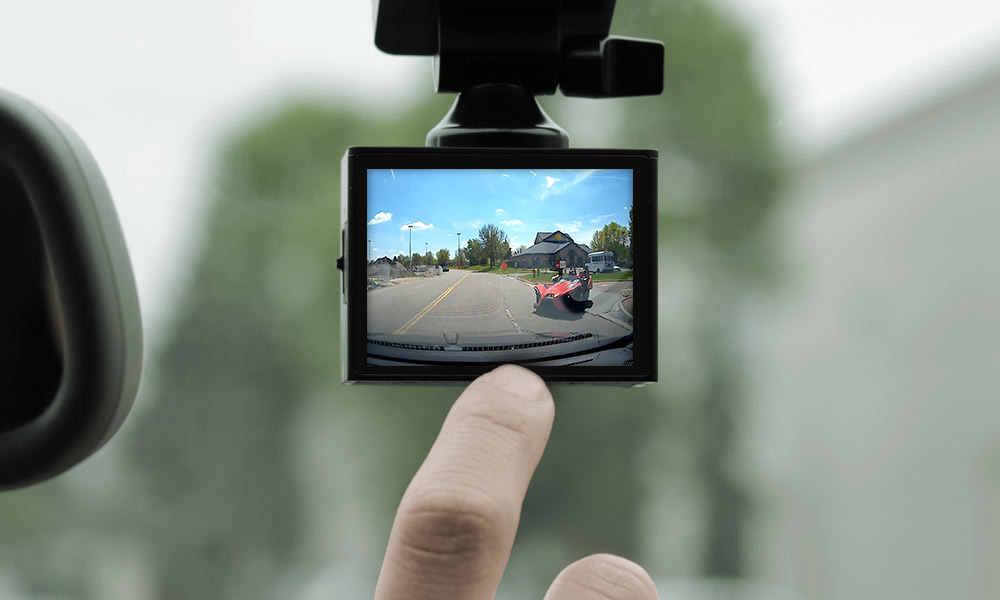
Parking mode is a handy feature that monitors your car when it’s parked. It records motion or impacts, but it needs constant power to work, often through hardwiring or an external battery. This mode is great for catching incidents when you’re not around, ensuring your vehicle’s safety at all times.
Considerations for Vehicle Battery Health
Leaving a dash cam plugged in can drain your car’s battery, mainly if the car isn’t used often. Hardwired setups or parking modes can increase this risk.
To avoid battery issues, use a low-power mode or external battery packs, or turn off the dash cam when unnecessary. Keeping your car’s battery healthy ensures your dash cam and vehicle run smoothly.
Alternative Power Solutions
- USB Power Banks: Portable and easy to use, these can power your dash cam temporarily but need regular recharging.
- External Battery Packs: Explicitly designed for dash cams, these provide more extended power and support parking mode without draining the car battery.
- Solar Panels: A green option for areas with plenty of sunlight, though less reliable in cloudy weather.
- Hybrid Solutions: Combine external batteries with plug-in power for flexibility and backup during extended use.
Advantages and Disadvantages of Plugged-In Dash Cams
Advantages:
- Easy to set up with the cigarette lighter or hardwiring.
- Continuous power while the car is on ensures nonstop recording.
- It often includes features like GPS and parking mode.
Disadvantages:
- Wires can be visible and cluttered.
- The car’s battery may drain if the dash cam is always on.
- Requires the car to be running for the camera to record.
Must Read: How To Find Your Simplisafe Camera IP: Step-by-Step Guide
Can You Use a Dash Cam Without Plugging It In?
Yes, you can use a dash cam without plugging it into your car’s power. Many dash cams have small built-in batteries, which allow them to work for short periods.
However, these batteries only last a few minutes or hours, so they aren’t practical for extended trips or continuous recording. You’ll need a constant power source, like a car plug or external battery, for ongoing use.
Powering Dash Cams with External Batteries or USB Power Banks
External batteries and USB power banks are great alternatives for powering dash cams. These provide more flexibility since they don’t rely on the car’s power.
However, they need to be recharged regularly and can be bulky. External batteries are beneficial if you want the dash cam to record even when your car is off without draining your vehicle’s battery.
Choosing the Right Dash Cam for Your Needs
- Power Source: Decide if you need a plugged-in, battery-powered, or hardwired dash cam based on how often you want it to record.
- Camera Quality: Look for clear video quality for detailed recordings, ideally 1080p or higher.
- Parking Mode: If you wish to surveillance while parked, choose a dash cam that supports parking mode.
- Storage: Ensure the dash cam has enough storage or supports expandable memory cards.
- Additional Features: Consider GPS, Wi-Fi, and other innovative features depending on your preferences.
Maintenance Tips for Your Dash Cam
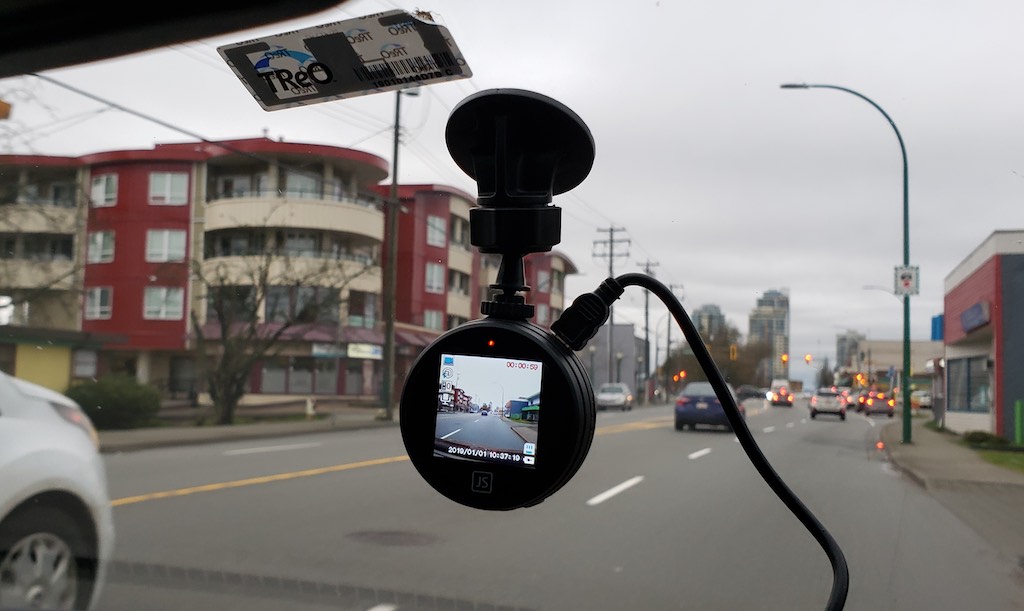
- Clean the Lens: Regularly wipe the lens with a soft cloth to ensure clear footage.
- Check for Updates: Keep the firmware updated for better performance and new features.
- Clear Storage: Delete old videos from the memory card to avoid running out of space.
- Check the Power Source: Inspect the cables or connections for wear and tear.
- Store Properly: When not in use, store your dash cam in a cool, dry place to prevent overheating or damage.
Dash Cam That Doesn’t Need to Be Plugged In
A dash cam that doesn’t need to be plugged in runs on built-in batteries or external battery packs. These portable cameras can record for a limited time without relying on the car’s power. However, they aren’t ideal for long trips and may need to be recharged after a while.
Battery Powered Dash Cam
Battery-powered dash cams use internal or external batteries for power. These cameras can work even when the car is off, providing flexibility for recording while parked.
However, the battery life is usually short, so they may not provide continuous recording for long periods without recharging or using an additional power source.
Wireless Dash Cam
Wireless dash cams connect to your car’s system via Wi-Fi or Bluetooth, eliminating the need for wires. They are easier to install and offer flexibility in placement.
These cameras may rely on the car’s power or an external battery. However, they can have a shorter battery life compared to wired models and may be affected by signal issues.
Need To Know: Do Ring Cameras Have Audio – Everything You Need To Know!
How Does Dash Cam Work When Car Is Off
When the car is off, some dash cams enter “parking mode” and continue recording. This mode uses a hardwired power supply or external battery, so the dash cam doesn’t drain the car’s battery.
It captures events like motion or impacts while the car is parked, providing security even when you’re not around.
How to Install Dash Cam Without Cigarette Lighter
You can hardwire a dash cam directly to the car’s fuse box to install a dash cam without using the cigarette lighter.
This provides a continuous power source, even when the car is off. Alternatively, you can use an external battery or a USB power bank for flexibility, especially if you don’t want visible wires.
Wireless Dash Cam Front and Rear
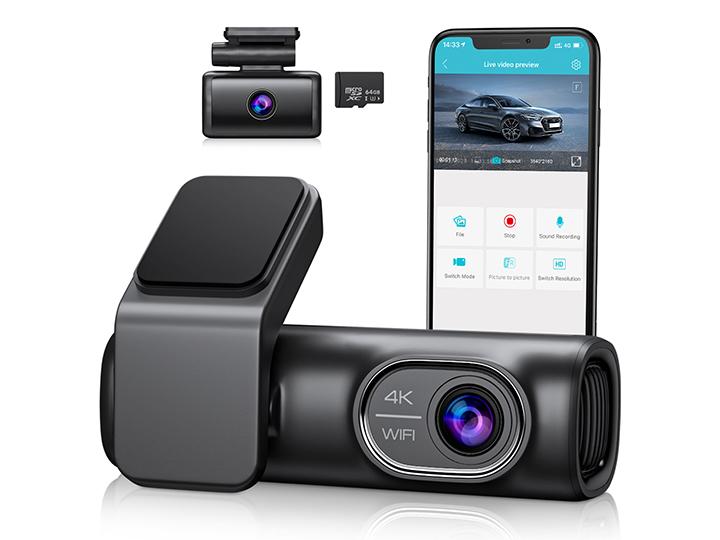
A wireless dash cam with front and rear cameras offers full vehicle coverage without messy wires. These cameras connect to the car’s system via Wi-Fi or Bluetooth.
They capture both the road ahead and the rearview. While convenient, they may require additional power sources for extended use and could face connectivity issues.
How Are Dash Cams Powered
Dash cams are powered through various sources: the car’s cigarette lighter, hardwiring to the fuse box, or external batteries. Some wireless models use USB power banks.
For continuous recording, a hardwired connection or external battery is recommended. Battery-powered models can work without the car running but have limited usage time.
FAQs
1. Do Dash Cameras Work When the Car Is Off?
Yes, dash cams can work when the car is off, using parking mode or external batteries to record events like motion or impact.
2. Does Dashcam Need Charging?
Yes, most dash cams need charging if they use internal batteries or external power sources. Wired models do not require charging.
3. Do All Dash Cams Require Being Plugged In for Power?
No, not all dash cams need to be plugged in. Some run on internal batteries, external power banks, or solar energy.
4. Do All Dashcams Need to Be Wired?
No, not all dash cams need to be wired. Wireless dash cams connect via Wi-Fi or Bluetooth, offering easier installation without wires.
5. Is There a Dash Cam That Does Not Need to Be Plugged In?
Yes, some dash cams work without being plugged in, using internal batteries or external power sources like battery packs or solar panels.
6. Do Dashcams Need to Be Plugged in at All Times?
No, dash cams don’t need to be plugged in at all times. When unplugged, they can run on internal batteries or external power sources.
7. How Do Dashcams Get Their Power?
Dash cams are powered by the car’s electrical system, a hardwired connection, or external batteries. Some wireless models use USB power.
8. Which Is Better, a Wired or Wireless Dash Cam?
Both have benefits. Wired dash cams offer constant power, while wireless models are easier to install but may need recharging or an external battery.
9. Do Dashcams Record When Unplugged?
Some dash cams can record when unplugged, using internal batteries or external power sources like battery packs. However, their recording time is limited.
10. Does a Hardwired Dash Cam Drain Car Battery?
A hardwired dash cam can drain the car’s battery if left on too long, but a low-voltage cut-off can prevent this.
Conclusion
In conclusion, dashcams offer valuable security and peace of mind, with various power options to suit different needs. Whether plugged in, battery-powered, or wireless, choosing the right dash cam depends on your preferences and usage, ensuring reliable recording at all times.

